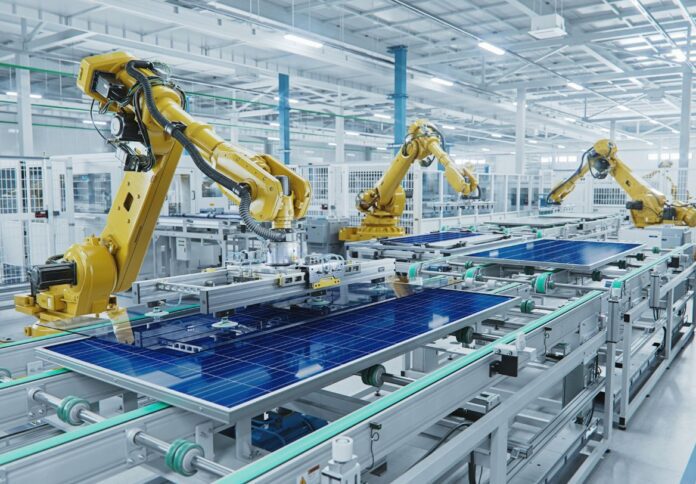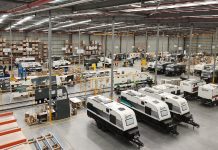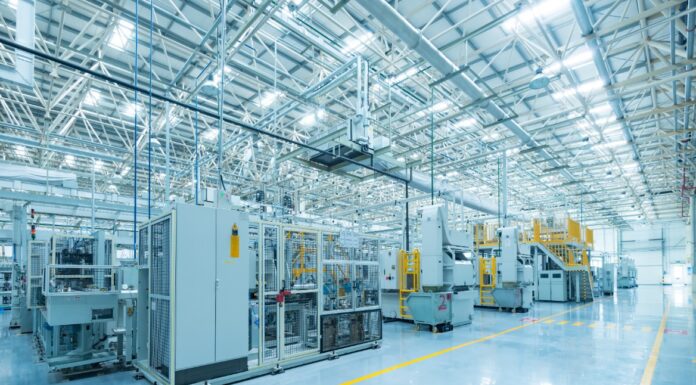
Australia’s workforce is undergoing a transformative shift as automation technologies rapidly advance. The integration of artificial intelligence (AI), robotics, and machine learning across various sectors is reshaping the work landscape, impacting productivity, employment, and the nature of jobs.
The rise of automation in Australia
Automation in Australia is not a new phenomenon, but its pace and scope have accelerated in recent years.
The advent of AI and machine learning has allowed for the automation of complex tasks that were previously thought to be the exclusive domain of human workers.
This shift is particularly evident in sectors such as manufacturing, logistics, healthcare, and finance, where repetitive tasks and data analysis can now be performed more efficiently by machines.
According to a report by the Committee for Economic Development of Australia (CEDA), up to 40 per cent of jobs in Australia could be automated by 2030, affecting over 5 million workers.
While this presents challenges, it also opens up new opportunities for innovation and growth, particularly in areas such as advanced manufacturing, cybersecurity, and AI development.
Manufacturing and logistics
The integration of robotics and AI-driven processes has led to the creation of smart factories where production lines are increasingly managed by automated systems.
In logistics, automated warehousing and drone delivery are becoming more commonplace, reducing costs and increasing efficiency.
One notable example is the rise of Industry 4.0, which refers to the automation and data exchange in manufacturing technologies.
Australian companies like Siemens and Bosch are leading the way in implementing these technologies, enhancing productivity and competitiveness on a global scale.
Healthcare
The healthcare sector is experiencing a significant transformation with the adoption of automation technologies.
AI-powered diagnostic tools, robotic surgery, and automated administrative processes are reducing the burden on healthcare professionals and improving patient outcomes.
The use of telemedicine, accelerated by the COVID-19 pandemic, has further expanded the role of automation in healthcare.
Finance and banking
In the finance sector, automation is streamlining operations, from automated trading systems to AI-driven customer service chatbots.
Banks are increasingly adopting blockchain technology for secure and transparent transactions, while AI is being used to detect fraud and assess credit risks.
Companies like the Commonwealth Bank of Australia are leveraging AI and machine learning to provide personalised financial services, enhancing customer experience and operational efficiency.
Upskilling and workforce development
To address the challenges posed by automation, the Australian government and industry leaders are focusing on reskilling and upskilling initiatives.
Programs such as the Manufacturing Industry Skills Alliance are working to identify the skills needed for the future workforce and develop training programs to meet these needs.
Additionally, vocational education and training (VET) programs are being adapted to include digital skills and technology-based learning.
Looking ahead, the future of work in Australia will be shaped by the continued integration of automation.
While the transition may be challenging, it also presents an opportunity to create a more efficient, productive, and innovative economy.




















